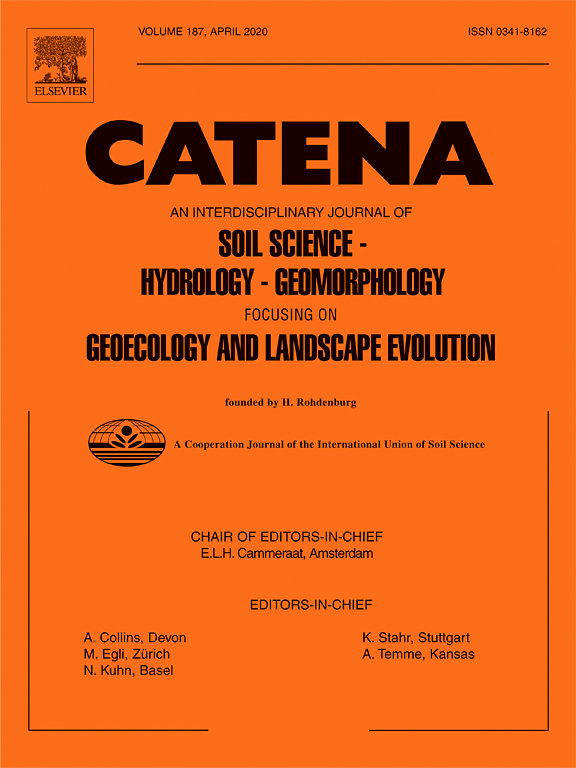Soil organic carbon (SOC) is important in maintaining soil quality, fertility, and the terrestrial carbon cycle. Advances in technology have heightened global interest in estimating soil carbon sequestration. Assessing SOC stocks at landscape scales faces significant challenges, particularly in mosaic landscape influenced by anthropogenic and environmental factors. These challenges include the limited availability of high-resolution soil data, the high cost and labor intensity of soil sampling, and the difficulty of accurately representing soil heterogeneity using conventional sampling methods. This study investigates the influence of key landscape attributes including soil depth, land use type, slope gradient, and topographic position on SOC stock distribution and associated soil properties at 0 – 20 cm (topsoil) and 20 – 50 cm (subsoil) in the highlands of Cameroon. A total of 320 soil samples collected from a 100 km2 site were analysed in the laboratory. Results reveal that soil depth, land use type, and topographic position influence the distribution of SOC, bulk density (BD), and SOC stocks. Land use and topographic positions interactions significantly impact SOC, coarse fraction (CF), and SOC stocks, reflecting varied human activities and environmental effects across topographic locations. Total SOC stocks for the site are estimated at 37,571 tons C/ha in topsoil and 57,341 tons C/ha in the subsoil, totalling 94,912 tons C/ha of carbon to a depth of 50 cm. Kriging maps demonstrate a decreasing trend in SOC stocks from west to east, with higher values in lowlands characterized by lower BD and CF, and lower values in mountainous areas. These findings advance SOC stocks evaluation in the highlands of Cameroon, providing a foundational reference for future assessments to guide landscape restoration initiatives in ecologically fragile ecosystems.
DOI:
https://doi.org/10.1016/j.catena.2024.108640
Jumlah Kutipan Dimensi:

Tahun publikasi
2025
Penulis
Takoutsing, B.; Rodríguez Martín, J.A.
Bahasa
English
Kata kunci
soil organic matter, soil organic carbon, soil analysis, spatial distribution, carbon sequestration, smallholders, farming systems, landscape
Geografis
Cameroon

















